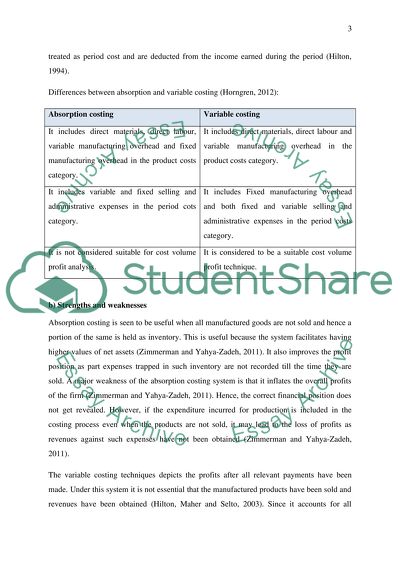Cite this document
(“Absorption Costing versus Variable Costing Essay”, n.d.)
Absorption Costing versus Variable Costing Essay. Retrieved from https://studentshare.org/finance-accounting/1668976-absorption-costing-versus-variable-costing
Absorption Costing versus Variable Costing Essay. Retrieved from https://studentshare.org/finance-accounting/1668976-absorption-costing-versus-variable-costing
(Absorption Costing Versus Variable Costing Essay)
Absorption Costing Versus Variable Costing Essay. https://studentshare.org/finance-accounting/1668976-absorption-costing-versus-variable-costing.
Absorption Costing Versus Variable Costing Essay. https://studentshare.org/finance-accounting/1668976-absorption-costing-versus-variable-costing.
“Absorption Costing Versus Variable Costing Essay”, n.d. https://studentshare.org/finance-accounting/1668976-absorption-costing-versus-variable-costing.


